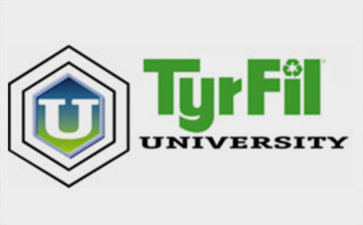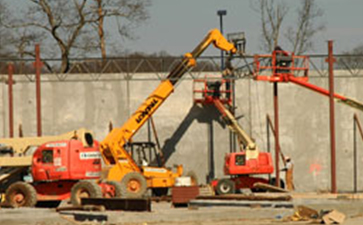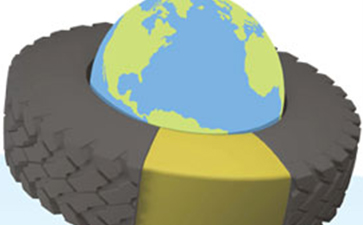President Biden Signs Historic Infrastructure Bill
While the construction and manufacturing industries continue to be plagued by supply chain and distribution challenges, there has been positive news this November that bodes well for a healthy construction and Off-the-Road (OTR) equipment outlook in the months to come. On November 15th, President Joe Biden signed the long-awaited initial portion of the infrastructure bill. While the bill and its spending parameters have long been hotly debated and discussed in Washington and around the nation, one thing is certain: The infrastructure plan will likely have a strong impact on large scale development projects nationwide and bring about increased OTR equipment sector spending. It is widely anticipated that the bill will stimulate OTR equipment adoption and new construction starts in 2022 across a variety of related vertical industries.
According to Quartz, the $1.2 trillion package, which the President has lauded as a “once in a generation” program, will “rebuild America’s roads, bridges and rails, expand access to clean drinking water, and ensure every American has access to high-speed internet.” A significant portion of the bill’s financial commitment has been “earmarked to repair roads, highways, and bridges”—giving a hefty boost to construction spending.
Specifically, $284 billion in funds are reserved for the transportation sector. According to the American Rental Association, the “money for the infrastructure projects will be run through a series of long established and complex funding formulas that determine how much each state’s Department of Transportation (DOT) will receive. A smaller portion of that money will go into discretionary grants that DOTs will award as part of competitions.” The article noted that many of the future projects will involve larger, multi-year endeavors—which are ultimately part of a “competitive grant program…at the sole discretion of the DOT.” This represents a significant area of potential development that would be heavily reliant on OTR-related vehicles and technology to support a massive multi-state/multi-region nationwide revitalization effort.
Heightened construction activity stemming from the infrastructure package will also complement residential and commercial building starts in the new year. On-site construction operation, is, by its nature, wholly dependent on the role of heavy vehicle and commercial equipment transportation. The “workhorse” machines responsible for hauling essential materials, tools, and manpower to, and around, a busy job site are central to infrastructure growth. In turn, OTR vehicle operators and the rental equipment industry rely heavily on the selection of high-performance tire technology to help literally “drive” the heavy commercial/industrial marketplace. Tire efficiency is vital to the overall operability and reliability of the many large vehicles that are the backbone of new development projects.
Earthmoving machinery, such as bulldozers, excavators, backhoe loaders, skid-steer loaders, trenchers and other equipment, are only as functional as the tire technology they’re riding upon. If OTR tires malfunction or deflate on the job, instant problems can plague the entire job site—shutting down work flow and overall productivity. Typical air-filled tires are highly vulnerable to the hazards of a busy construction or roadside development project. Obstacles such as nails, glass, sharp rocks, rebar and other broken fragments of concrete can tear through a pneumatic tire—quickly rendering it useless.
Tire or “foam” fill tires provide a sustainable, cost-effective alternative that offer game-changing insurance on the job for field operators concerned about tire flats. Industry-leading Carlisle TyrFil delivers a superior tire flatproofing option. TyrFil™ is pumped into a tire, replacing all of the air, and then cures into a resilient, synthetic elastomer core that eliminates dangerous, costly tire flats. Tires filled with polyurethane fill can successfully operate over even the most potentially treacherous worksite debris without incident—keeping OTR equipment operating in full swing and project managers solvent and on schedule.
TyrFil also delivers less G-force impact than solid aperture tires, another no-flat solution—helping to defray unwanted muscular/skeletal strain and eliminating the dreaded bumpy, jarring ride that is typical with solid apertures. Using TyrFil will help to create a healthier, more comfortable driving experience for the anticipated thousands of additional construction workers and drivers who will be employed— filling new shovel ready jobs expected in the coming year—because of the passage of the President’s infrastructure bill.
For more information on TyrFil flatproofing, please learn more here.


